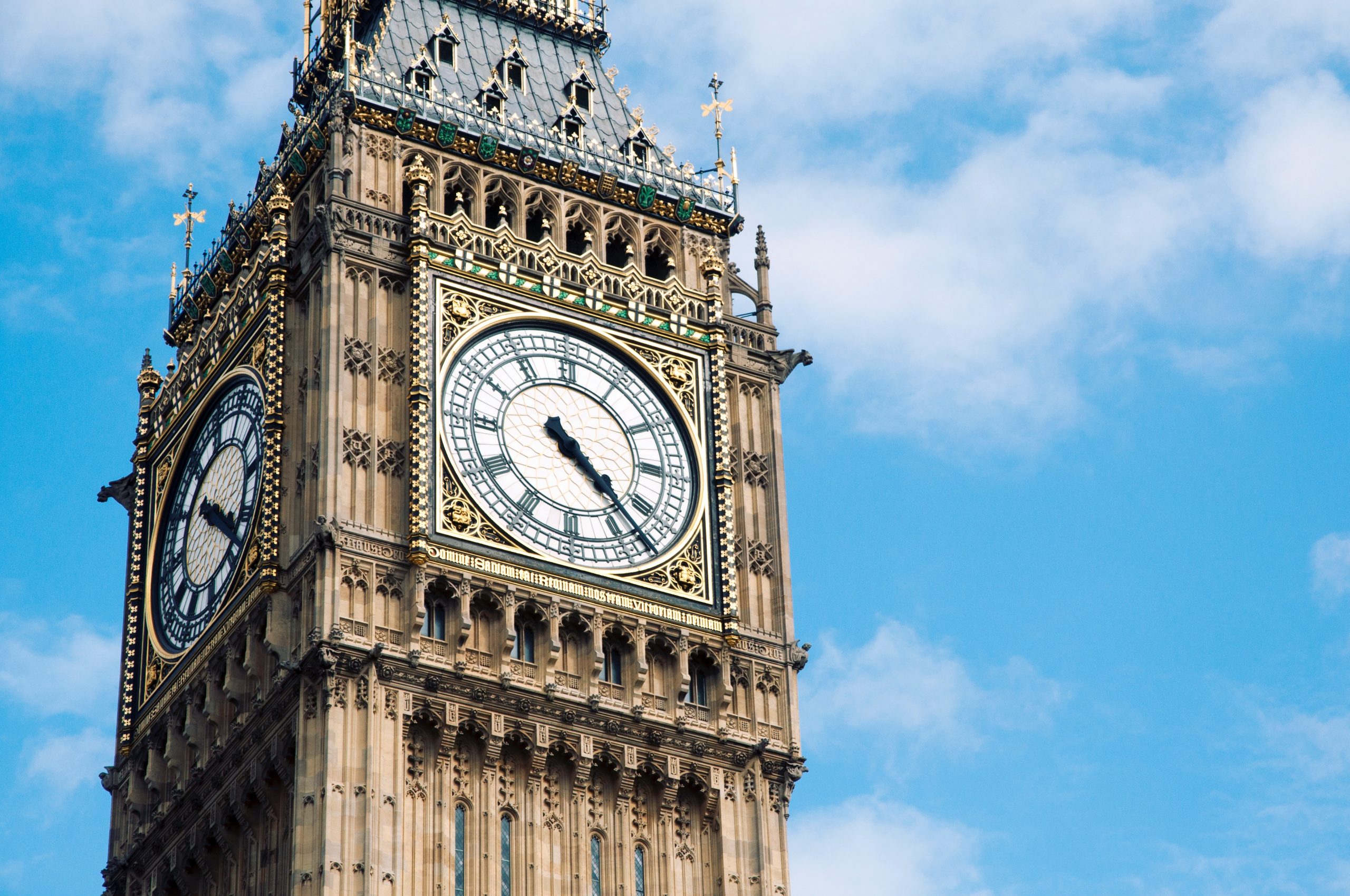

In the second of our Taxes Made Easy series, we consider tax matters for families with children.
It is often assumed that children are not taxpayers. In fact HMRC will tax a child just as
readily as anyone else if the child has sufficient income to make them liable.
Children have their own personal allowances and tax bands. Where their only income is, at best, a few pounds from a paper round or a Saturday job, there may be some scope for transferring income producing assets to the children to use up their personal allowance.
However, such assets should not be provided by a parent, otherwise the income remains
taxable on the parent, unless it does not exceed £100 (gross) each tax year.
Tax Planning: There is nothing to stop you employing your children in the family business so as to take advantage of their personal allowance. There are age restrictions (with some exceptions the minimum age is generally 13 years old) and legal limitations as to the type and duration of the work. It is also essential that payment is only made for actual work carried out for the business and at a reasonable commercial rate.
Children also have their own annual exemption for CGT, so assets transferred to them which have a bias towards capital growth rather than income may prove to be more advantageous.
The availability of new CTFs ceased from January 2011, as did government contributions
to the accounts. Existing CTFs however continue to benefit from tax free investment
growth. No withdrawals are possible until the child reaches age 18. However, the child’s
friends and family are able to contribute up to the annual limit of £4,368. It is
possible to transfer the investment to a Junior Individual Savings Account (ISA).
A Junior ISA is available for UK resident children under the age of 18 who do not have a CTF account. Junior ISAs are tax advantaged and have many features in common with existing ISAs.
They are available as cash or stocks and shares based products but a child can only have one cash Junior ISA and one stocks and shares Junior ISA. The annual investment is limited to £4,368.
There are some other limited ways income can be transferred to children tax efficiently
such as:
A charge arises on a taxpayer who has adjusted net income over £50,000 in a tax
year where either they or their partner are in receipt of Child Benefit for the year. Where both partners have adjusted net income in excess of £50,000 the charge applies to the partner with the higher income.
The income tax charge applies at a rate of 1% of the full Child Benefit award for each £100 of income between £50,000 and £60,000. The charge on taxpayers with income above £60,000 will be equal to the amount of Child Benefit paid.
Child Benefit claimants are able to elect not to receive Child Benefit if they or their partner do not wish to pay the charge.
Equalising income can help to reduce the charge for some families.
Example: Phil and Jane have two children and receive £1,789 Child Benefit. Jane has little income. Phil expects his adjusted net income to be £55,000. On this basis the tax charge will be £895. This is calculated as £1,789 x 50% (£55,000 – £50,000 = £5,000/£100 x 1%).
If Phil can reduce his income by £5,000 to £50,000 no charge would arise. This could be
achieved by transferring investments to Jane or by making additional pension or Gift Aid
payments.
The scheme is available to families where all parents are working (on an employed or selfemployed basis) 16 hours a week and meet a minimum income level (generally £131 a week) with each earning less than £100,000 a year. Parents who are receiving support through Tax Credits or Universal Credit are not eligible.
Parents need to register with the government and open an online account. The government ‘top up’ payments into this account at a rate of 20p for every 80p that families pay in. The scheme is generally limited to £10,000 per child per year. The government’s contribution is therefore a maximum of £2,000 per child.
Employer Supported Childcare (see the Working for Others section) is being phased
out and is now closed to new claimants. Parents who qualify for both schemes are able
to choose which scheme they wish to use but families cannot benefit from both schemes at the same time. To find out about all childcare options visit www.childcarechoices.gov.uk
For more information, please don’t hesitate to contact us.